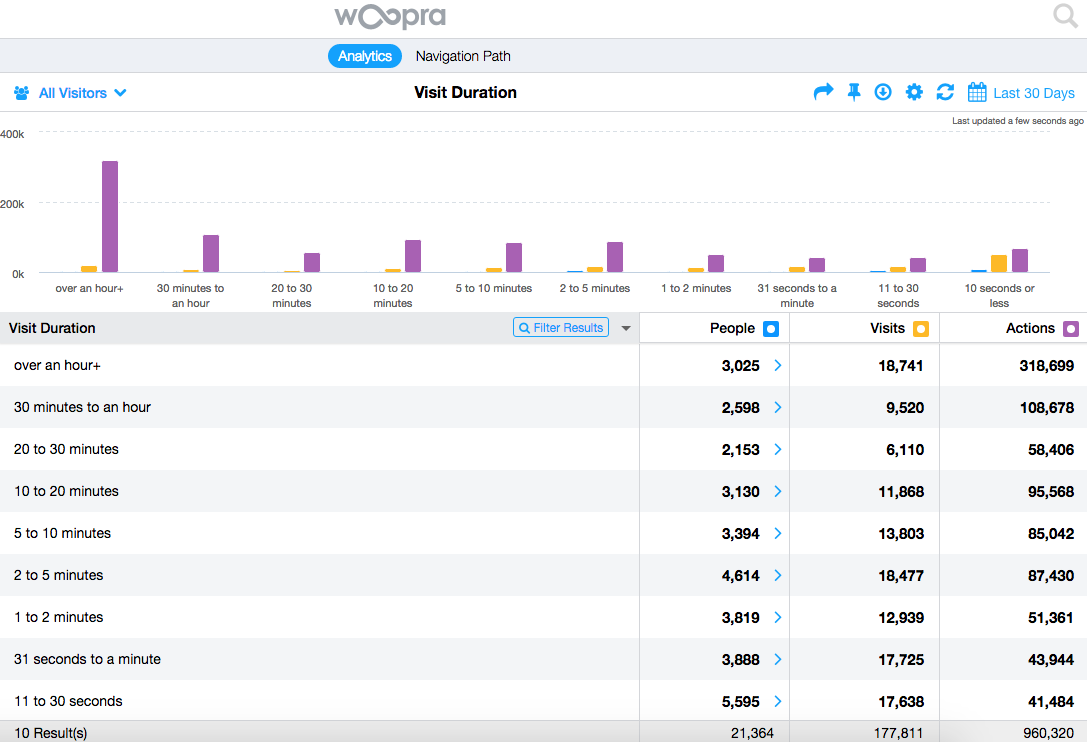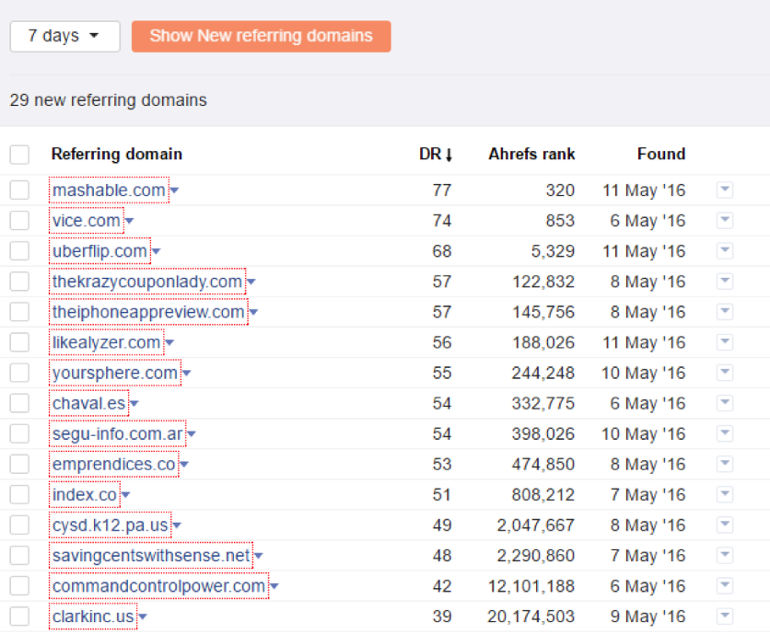On marketing, the Greeks would probably advise, “Know thy audience.” And you already know the audience you’re trying to attract with your website. But who are the people behind your actual page views? Thousands of hits can be exciting until you find out most of them are from people searching for a completely different service than yours, who hurriedly left your landing page the moment it appeared on their screen! Thankfully, there are three basic metrics for SEO that can help you attract the right traffic.

To guide traffic down your sales funnel, you must 1) gather data to learn what your visitors are currently doing, and 2) interpret that data to optimize your site. Start with an analytics program such as Woopra.
Note: You will be met with an overwhelming amount of data! So start your optimization plan by looking at these three most basic metrics, then grow from there.
Metrics for SEO #1: Keyword Rankings
Use keywords to track where search engines are ranking your website. Basically, pretend you are the target viewer and think of a few searches you might do if you were. When they do the search, does your site come up as the 1047th result, never to be seen by the human eye?
If your keywords are not ranking successfully, there may be stiff competition from other sites for those keywords. As you gain reputability through backlinks, product reviews, additional content, etc., you will become more likely to capture traffic searching for more popular keywords.
In the meantime, be creative with your keywords and see which searches are most successfully pulling up your site. Grab that audience and grow from there! To quickly see these metrics, grab the free version of a search engine position tracking program like Serpfox, or consider a doing an SEO audit.
Metrics for SEO #2: Time on Page
Once you’ve looked at who’s hitting your site, check out what they’re doing, a web analytics tool like Woopra can help you out with that. If most of your visitors are leaving immediately, you’re doing something wrong. It’s called a high bounce rate, and it’s usually not good.

So what could the problem be? A few things:
- Your visitors can’t figure out if your site will meet their needs. Note this is a different group of people than visitors who discover your service isn’t what they’re looking for (in which case, go back to Keyword Rankings.) I’m talking about visitors who can’t figure out what you’re offering within a few seconds on your landing page. It’s not worth a few more seconds to click “About Us,” much less send an inquiry to customer service. There’s plenty of competition out there, so the easiest thing for them to do is to hit “Back” and check out the next search result.
Also Read: Customer Journey Metrics
Your site doesn’t look good. Are there typos or poor quality copy? Have you surrounded the page with banner ads? Are links strewn everywhere? Are your colors garish? Limit the popups and the slide-out advertisements. Your visitor’s mouse is hovering over the “Back” button. Don’t give them a reason to click.
Your page doesn’t load within two seconds. Again, with all of the competition out there, no one has time for an extra second. Slow service translates to viewers as a page that is stuffed with ads or pictures. Using a cheap hosting service? You get what you pay for! There is no reason a visitor should have to wait for your page to load.

Metrics for SEO #3: Backlinks
Search engines are looking for sites that are actually useful. If other sites are linking to your website, it shows that you’re legitimate. Backlinks drive traffic from other sites and make you attractive to search engines. In response, they will improve your ranking, thus driving even more traffic to your site.
Use a tool like Ahrefs or Moz to track the growth of your backlinks. Ahrefs has some great tools including latest links acquired and analytics on those backlinks:

Bottom Line
There are many useful metrics available to evaluate KPIs in your SEO campaign. This article shares only the three most basic metrics. But as you become more familiar with your analytics program, you’ll be able to evaluate and immensely improve your website’s success.
So start with these. Find the data, use it to better your site, and you’ll see the amount and relevance of your traffic increase!
The post above was written by Nick Rojas, a consultant, entrepreneur, and writer for publications such as Entrepreneur, TechCrunch, and Yahoo. He is a business consultant, self-taught entrepreneur, and established writer for top publications such as Entrepreneur, TechCrunch, and Yahoo. He writes about topics to help business owners thrive including marketing, social media, and technology. Reach out to him @NickARojas


